After a long day at work, nothing might be more appealing than diving into your couch with the remote control and some popcorn. From movie nights to gaming sessions, an entertainment room can be a great source of fun for the whole family. However, a lot goes into setting up the ideal entertainment system. Besides achieving that perfect design, there’s a fair amount of technical details to account for. Several factors in that regard can make or break a home entertainment unit. Getting familiar with some of the dos and don’ts will ensure that you and your family can enjoy your entertainment set up for years to come.
Let's Start With the TV
The TV is a trivial part of your home entertainment room, but there certainly are some factors to take into consideration when using, positioning, or mounting your TV.
Mind Your Distance from the TV
The most common advice you will probably hear when it comes to watching television is to not sit too close to the screen. This tip is not only for the sake of your eyesight, but also to attain the ideal perception of graphics from your screen. But what exactly is the right distance?
The distance you should keep between it and yourself varies depending on the size and resolution of the TV. As a rule of thumb, consider a distance ratio of 1.5 times the TV’s vertical size for 4K varieties and three times for HD varieties. On the other hand, the distance ratio would be six times the vertical size for standard-definition TVs. For instance, six feet would be a good distance to allow for between you and a 50-inch HD TV.
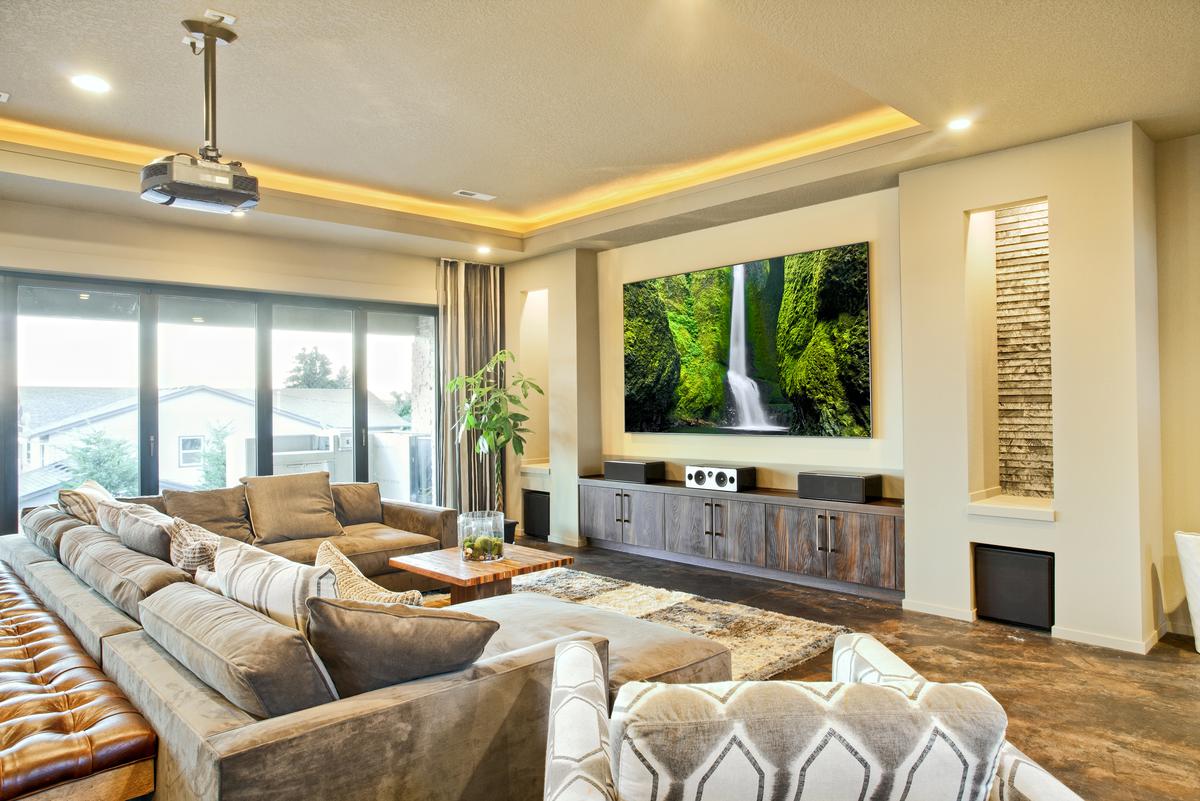
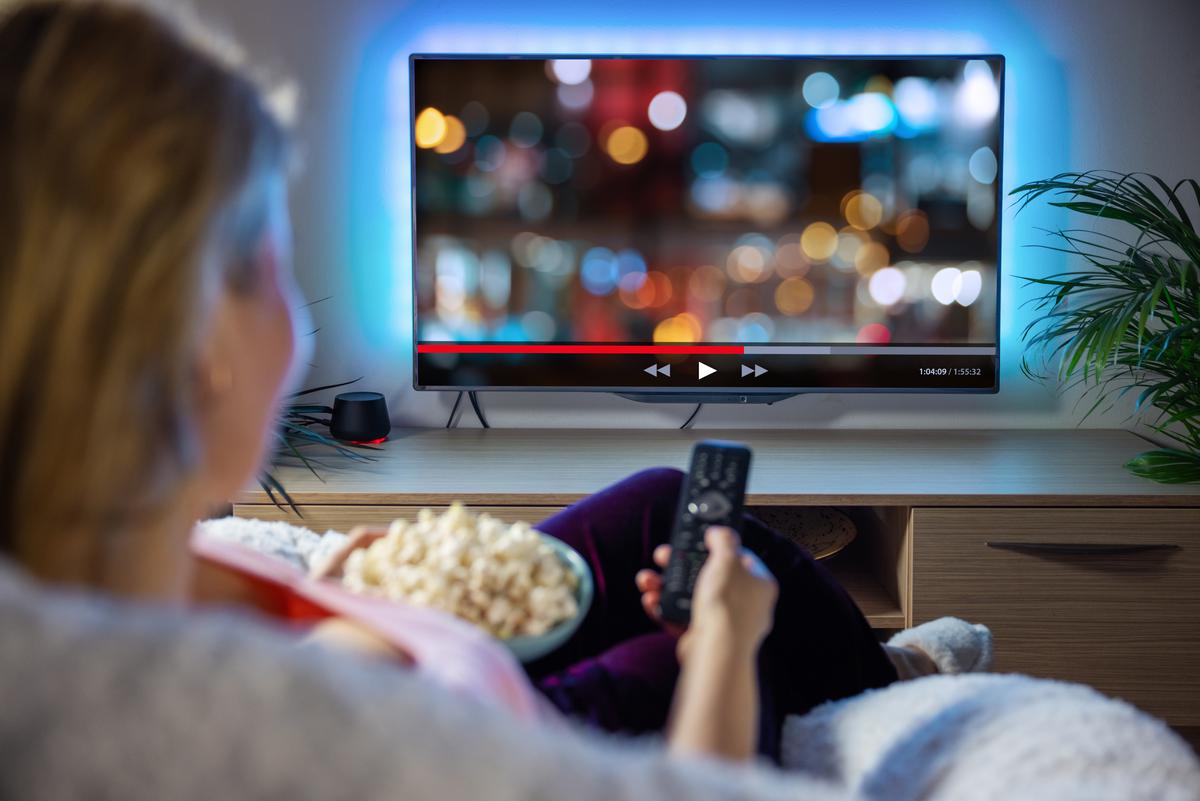
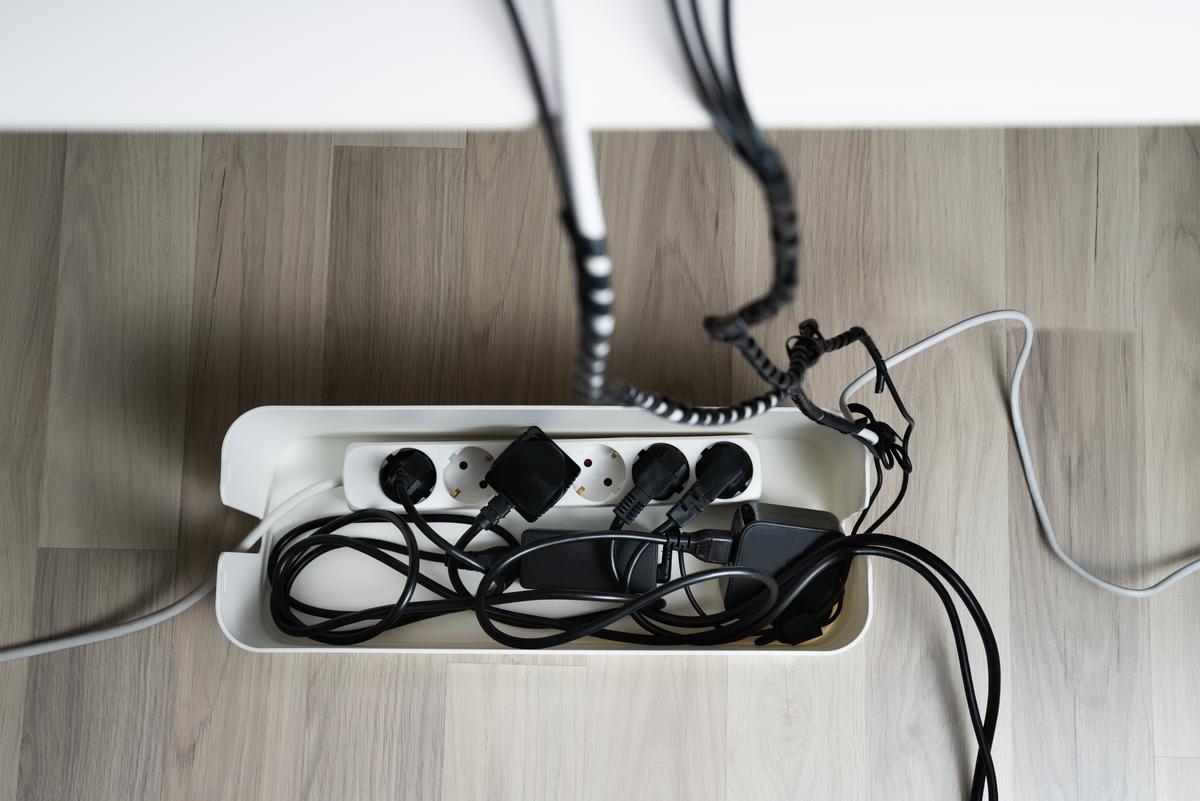

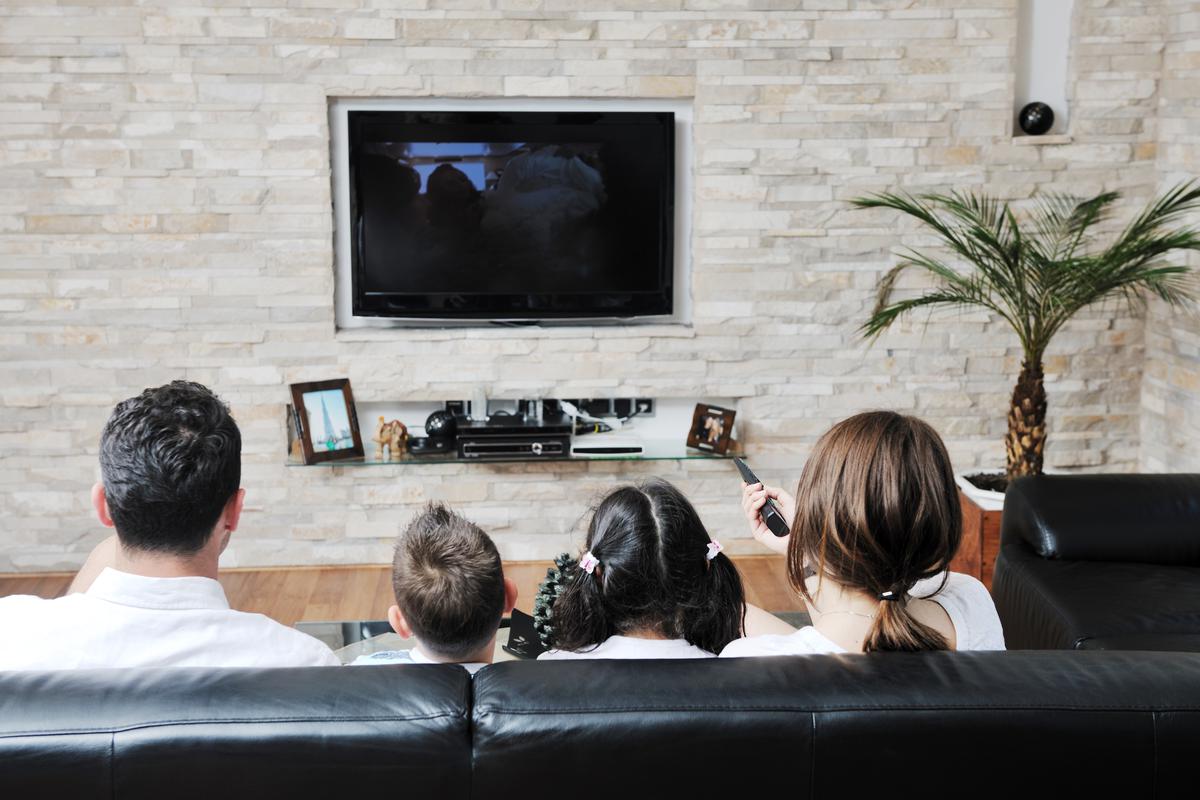
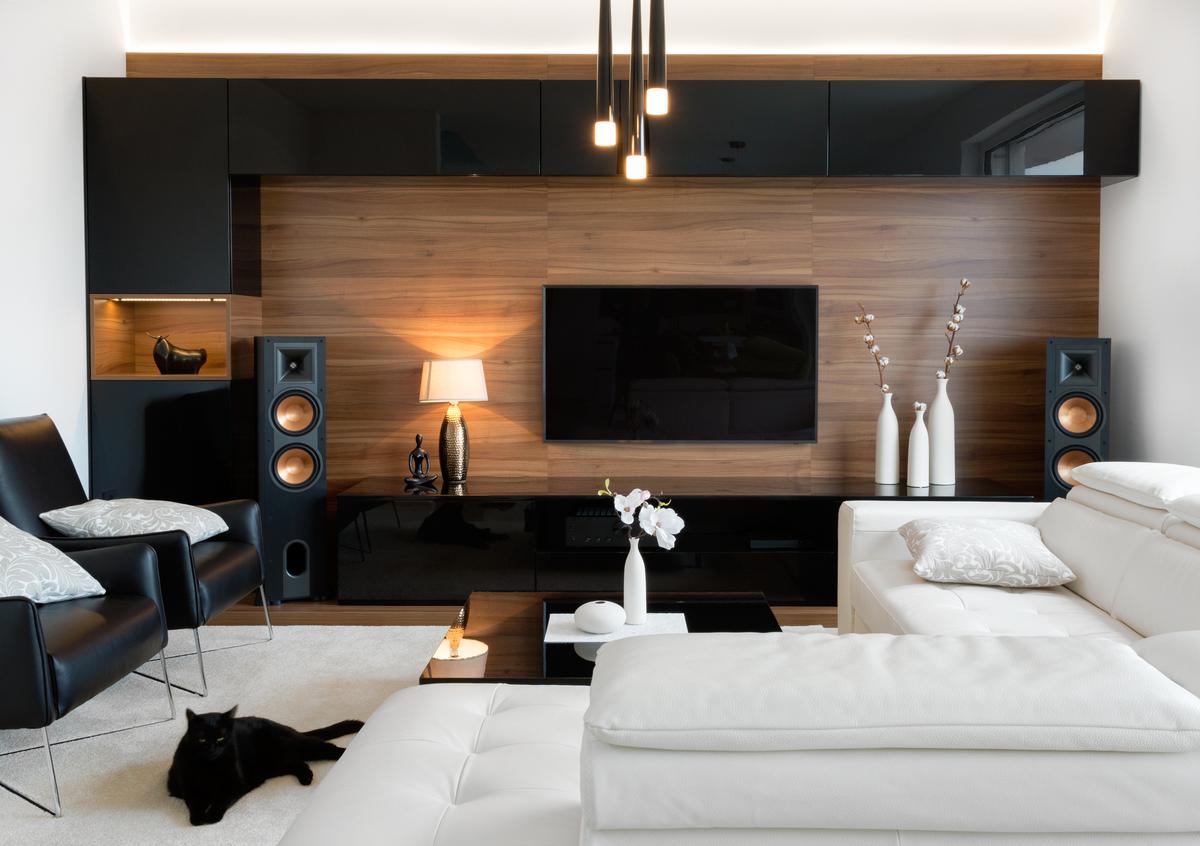


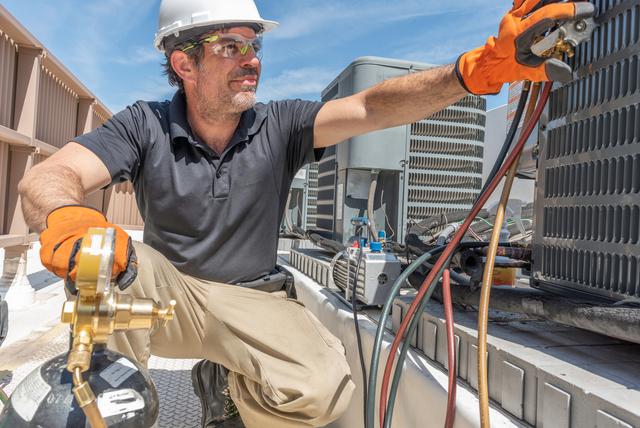
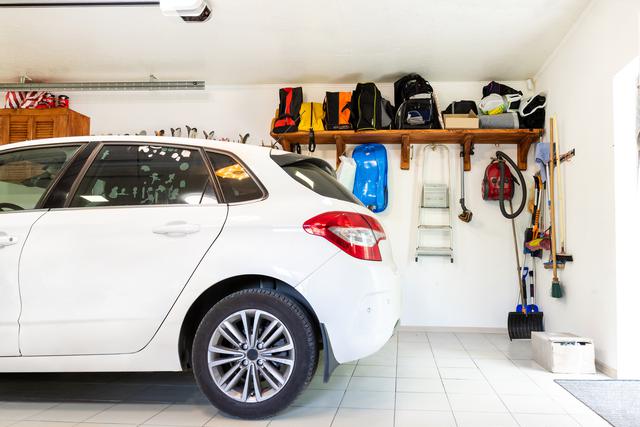
comments